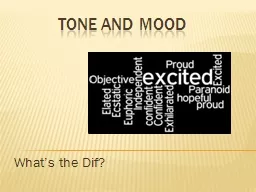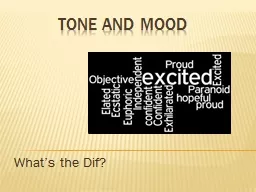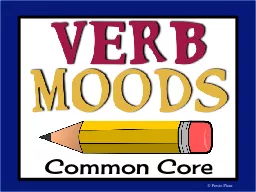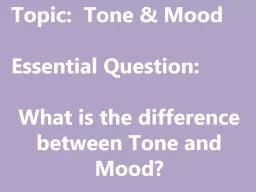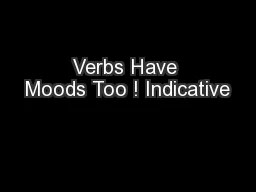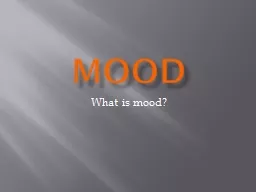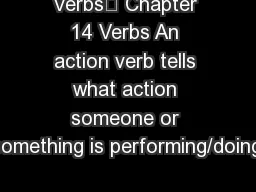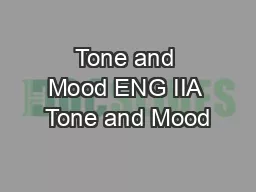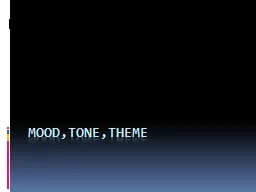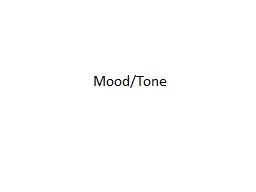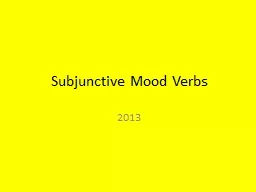PPT-Moods of Verbs Mood is how the speaker feels about what is being written or the way the
Author : calandra-battersby | Published Date : 2018-03-12
The common moods in the English language are indicative imperative interrogative conditional and subjunctive Indicative mood is fact It states or indicates
Presentation Embed Code
Download Presentation
Download Presentation The PPT/PDF document "Moods of Verbs Mood is how the speaker ..." is the property of its rightful owner. Permission is granted to download and print the materials on this website for personal, non-commercial use only, and to display it on your personal computer provided you do not modify the materials and that you retain all copyright notices contained in the materials. By downloading content from our website, you accept the terms of this agreement.
Moods of Verbs Mood is how the speaker feels about what is being written or the way the: Transcript
Download Rules Of Document
"Moods of Verbs Mood is how the speaker feels about what is being written or the way the"The content belongs to its owner. You may download and print it for personal use, without modification, and keep all copyright notices. By downloading, you agree to these terms.
Related Documents


